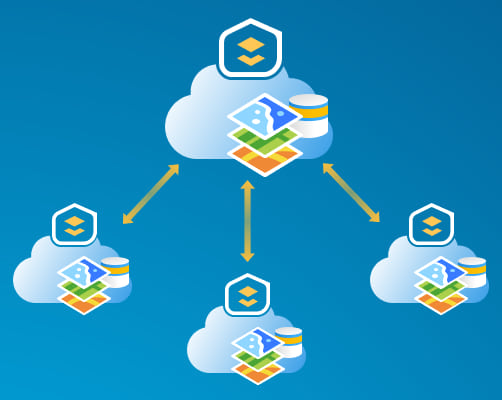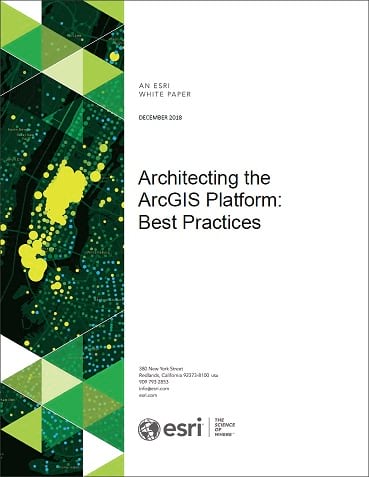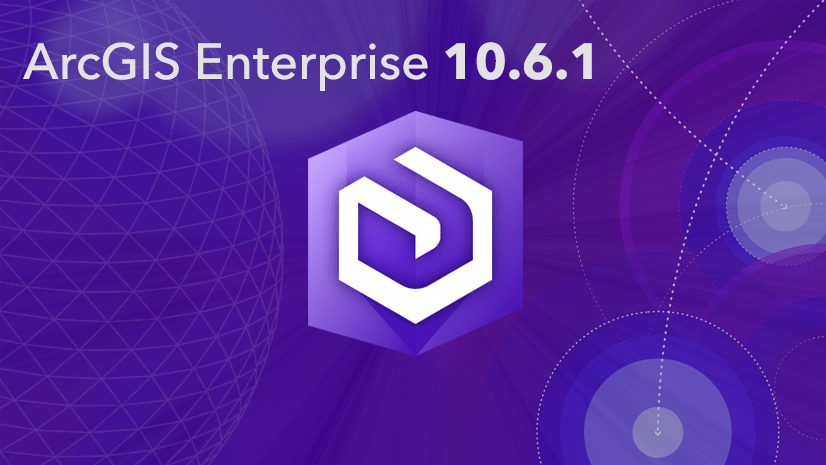Have you ever needed to share GIS content between individuals, business units, and organizations? Perhaps you work in a city where departments manage their own GIS deployments, and these departments need to give city staff access to the right data so everyone can work effectively. Or maybe your NGO wants to share information and coordinate activities with other organizations and the public, so you can all support common community initiatives.
To support these kinds of scenarios, ArcGIS lets you easily share content and collaborate across multiple GIS deployments through distributed web GIS.
A distributed web GIS is an integrated set of ArcGIS Enterprise deployments working together and sharing content as part of a trusted collaboration. These collaborations are also possible between one or more ArcGIS Enterprise deployments and an ArcGIS Online organization. With a distributed web GIS, you connect multiple ArcGIS deployments so users can leverage authoritative data from other organizations, improve engagement and communication, and glean new insights.

ArcGIS provides a simple out-of-the-box capability—called distributed collaboration—that you can use to implement a distributed web GIS. No custom coding or scripts are required. It’s easy to get started:
- Create a distributed collaboration in your ArcGIS Enterprise portal. (If your collaboration will include ArcGIS Online, create it in ArcGIS Online instead.)
- Invite one or more ArcGIS Enterprise deployments to the collaboration.
- Share and organize data and content with collaboration participants via groups.
Importantly, each GIS deployment within a collaboration maintains its own maps, apps, and data, and chooses which data and content to share with members of the collaboration. This lets you retain control over your data while making information available to collaboration participants. In addition, changes to the data you’re sharing are made available to all collaboration participants automatically—either as the changes are made or on a schedule—helping everyone stay current.
Additional Resources
For more information about scenarios where you can take advantage of distributed collaboration, see our recent Five ways to use distributed collaboration to share your data with others blog post.
You can find more information about distributed web GIS and other important topics in the Architecting the ArcGIS Platform: Best Practices white paper. Updated throughout the year, this white paper describes best practices related to many GIS and IT concepts that you can apply within your own organization.






Commenting is not enabled for this article.